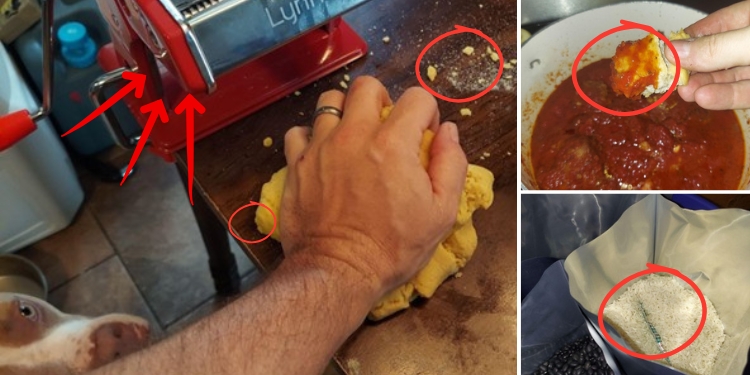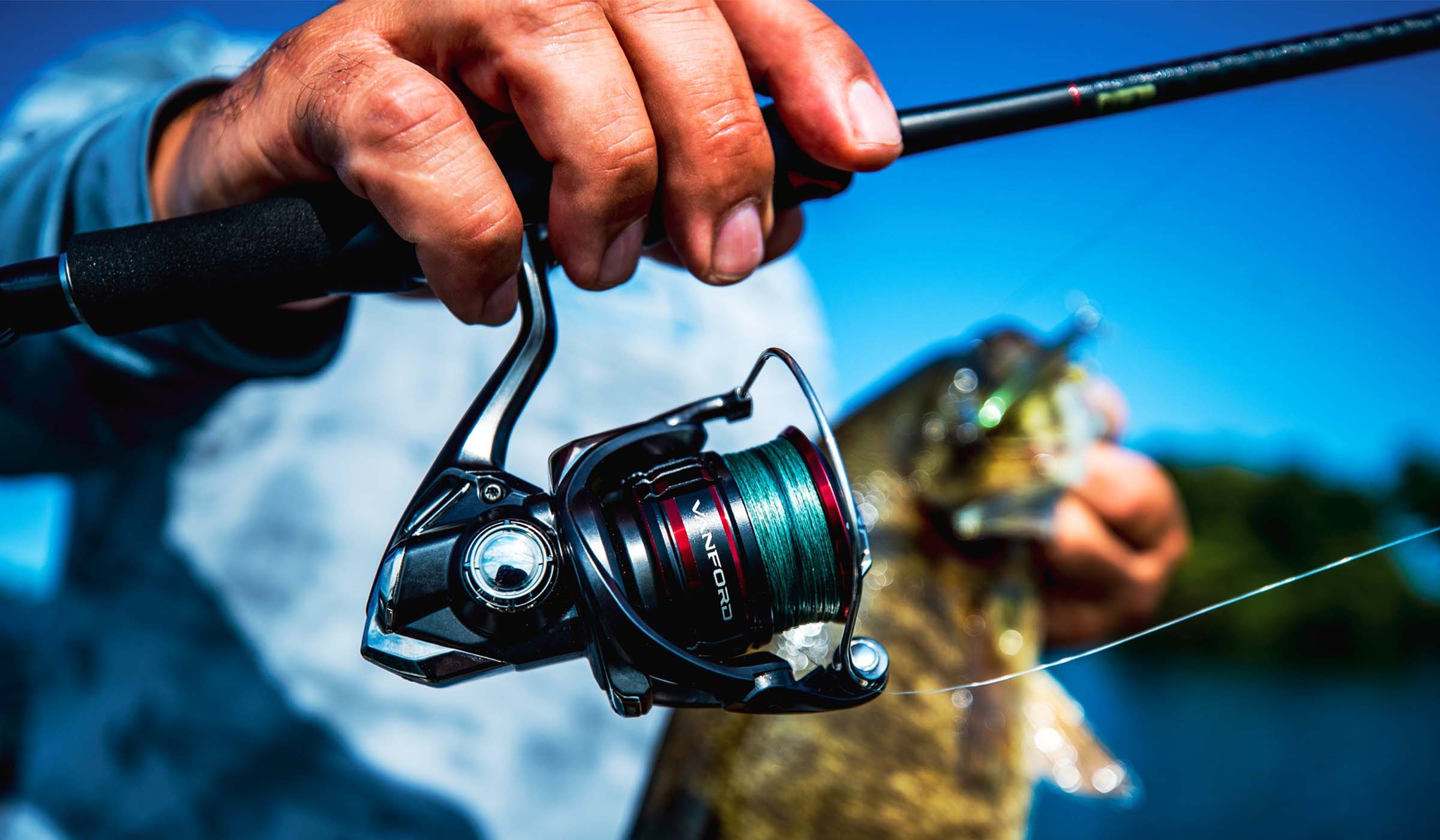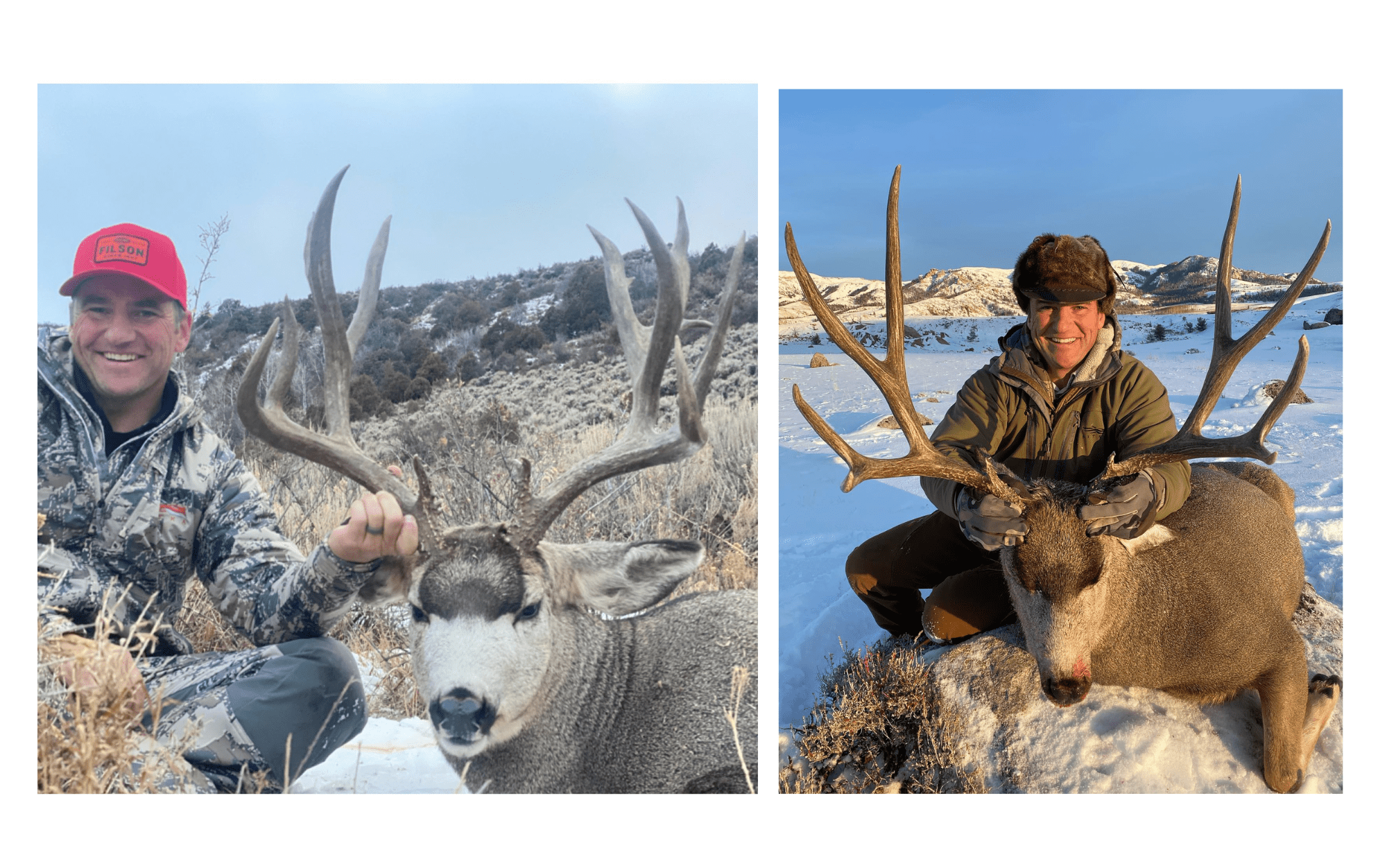Best Hiking Daypacks of 2025, Tested and Reviewed
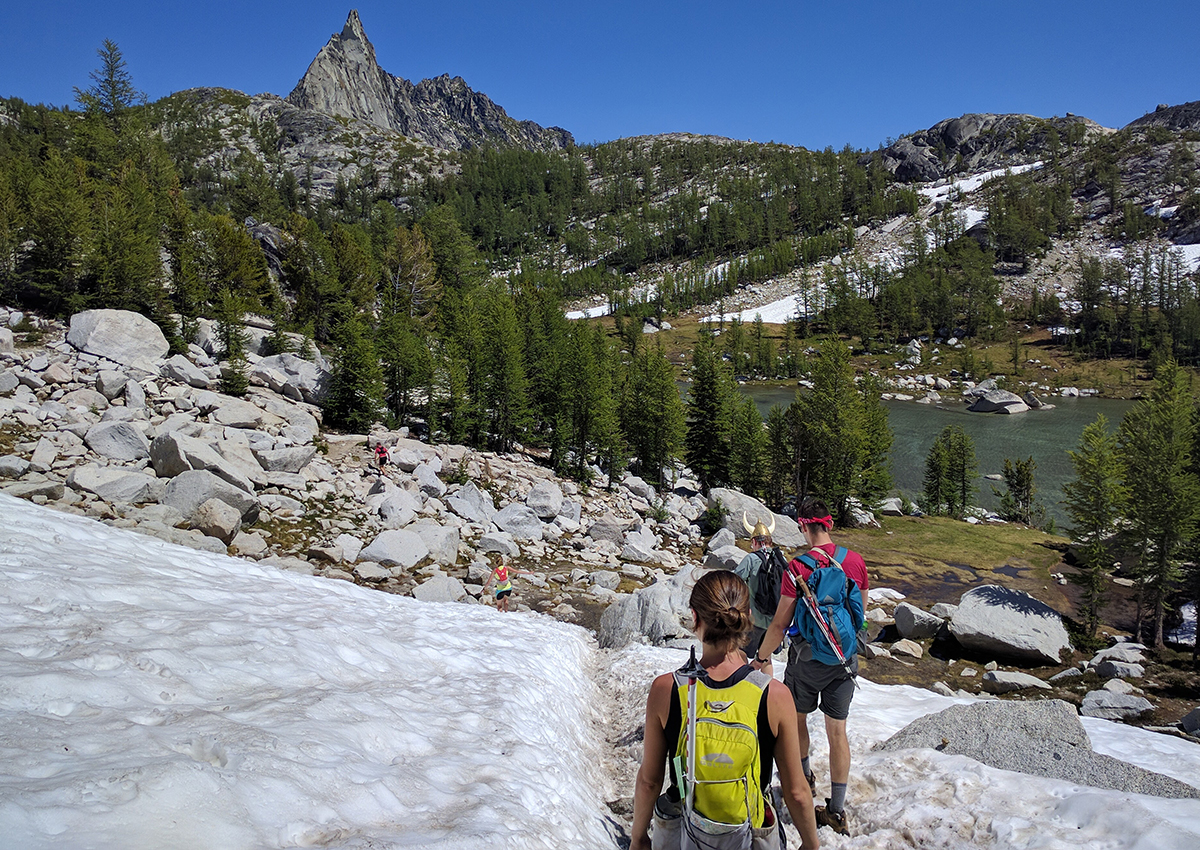
We may earn revenue from the products available on this page and participate in affiliate programs. Learn More ›
When it comes to picking the right hiking daypack, there’s no one-size-fits-all answer. Some folks want ultralight minimalism while others are chasing the full setup with padded hip belts and fancy load lifters. Others yet are focused on having enough space to bring all the things: layers, water bottles, binoculars, camera gear, emergency supplies — you name it, they want to have it. Then you’ve got your speed hikers, your comfort-maximizers, and of course, the parents who are juggling sunscreen, stuffed animals, and juice boxes.
Not only are everyone’s needs different — the people are, too. Some hikers run hot and need serious ventilation while others are more focused on shoulder and back comfort, especially if they’re prone to stiffness or soreness. And, let’s be honest, some of us are just here for the pockets (raises hand). The good news? There’s a pack for every type of hiker. To help sort through the chaos, I organized several adventures to test out the best hiking daypacks of 2025 and with the help of a few trusted friends, a four-hour group hike in a lush Pacific Northwest forest, and a whole lot of gear, we came up with a list of winners:
How I Tested the Best Hiking Daypacks
I’ve been working as an outdoor gear tester for nearly a decade and during that time I’ve tested dozens of backpacks. I grew up in Oregon hiking and camping in forests, mountains, and coastal ranges where it’s not unusual to get poured on and sunburned in the same day. After all of that, my testing philosophy is simple: Don’t just look at specs, put the gear into real-world situations and see how it performs.
For this story, I rounded up a group of friends and headed out on a long trek through a mossy forest filled with waterfalls, creek crossings, and steep inclines. Each pack was filled with the typical gear you’d bring on a day hike — food, water, layers, the works. In fact, I instructed everyone to bring extra so we could really test how the packs performed when fully loaded. We rotated throughout the day to get a feel for comfort, ventilation, and storage. At lunch, I gathered everyone’s candid feedback and recorded their answers in voice memos. I also tested another handful of packs by myself in one of Portland’s urban forests. Here’s what I found.
Best Hiking Daypacks: Reviews & Recommendations
Best Overall: Black Diamond Pursuit 30
Rachel Cavanaugh
Buy women’s
buy unisex
buy at amazon
Pros
- Comfortable shoulder harness
- Ventilated back panel
- Smart storage layout
- Lightweight feel
Cons
- Water bottle pockets sit low
- Strap adjustments take getting used to
Key Features
-
Weight:
796g -
Capacity Tested:
30 liters -
Harness style straps -
Trekking pole storage
I chose the Pursuit 30 as the best overall hiking daypack because of how comfortable it is. Nearly every tester commented on how well it moved with their body. Between the shoulder straps that flex and mold to your torso, the light load lifters that subtly improve balance, and the breathable back panel, it feels like a pack that’s been designed with movement in mind. The hip belt is well-cushioned and suitable for long days. “The padding hits just right,” one tester commented. “It felt stable without being bulky, even on the steep sections.”
At just under 800 grams, the Pursuit is lightweight but it doesn’t skimp on support or structure. It includes a hydration sleeve, thoughtful storage layout, and one of the best front stretch pockets we tried. The pack found a nice middle ground between being too minimal and overly complicated. One hiker commented, “it’s a good combo — enough zippers and pouches but not so many that you lose stuff.” The only drawback is that the side water bottle pockets are set a bit low, making them harder to access while walking. Still, if comfort is your top priority, especially on longer day hikes, this pack absolutely delivers.
Best Budget: Gregory Nano
Rachel Cavanaugh 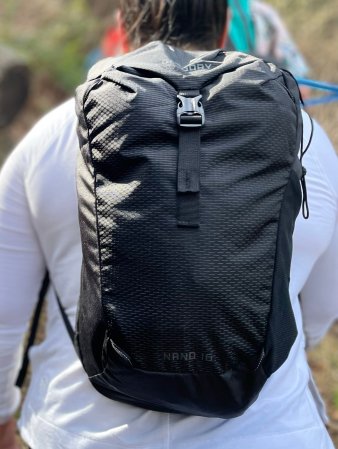
buy at amazon
buy at backcountry
Pros
- Lightweight and simple
- Foam back panel adds structure
- Great price for the quality
- Integrated hydration sleeve
Cons
- No hip belt
- Limited pockets
- Not much padding
Key Features
-
Weight:
408g -
Capacity Tested:
16 liters -
Foam back panel for structure -
Reflective webbing loops -
Zippered top stash pocket
The Gregory Nano 16 earned the best budget title for one simple reason: It delivers solid performance at a fraction of the price of other packs on this list. With an MSRP of just $55, it’s a reliable option for anyone who wants a lightweight grab-and-go pack without spending a fortune. While it lacks the stabilizing hip belt or load lifters of the Pursuit, it still holds its shape thanks to the foam back panel, and it’s also equipped with a hydration sleeve, which is a nice touch at this price point.
Testers noted that the Nano was easy to move in, super light, and highly maneuverable. One called out the back panel specifically, saying that it “keeps the shape of the pack exceptionally well and makes it feel more stable than you’d expect for something this minimal.” With just one top pocket and a basic interior, storage is limited. But if you don’t need a lot of bells and whistles, this wallet-friendly pack checks all the boxes.
Most Versatile: Patagonia Terravia
Rachel Cavanaugh 
buy at rei
buy at patagonia
buy at backcountry
Pros
- Breathable mesh back panel
- Deep side water bottle pockets
- Removable rain cover
- Stable, structured carry
Cons
- Padding runs warm on muggy days
- Slightly rigid
Key Features
-
Weight:
672g -
Capacity Tested:
22 liters -
Recycled nylon ripstop -
Hydration sleeve -
Trekking pole loops
I tested the Terravia 22-liter hiking daypack on a solo outing through Portland’s forested trails and came away impressed by how well it handles a full load. There’s enough structure to support a water reservoir, extra layer, lunch, and random trail extras without the pack feeling overloaded. The mesh back panel and shoulder straps do a solid job of keeping things ventilated and the side pockets are deep enough to keep tall bottles from flying out on the move.
The hip belt adds welcome stability, especially on uneven terrain, and the rain cover is handy to have stashed away if the sky turns grey halfway through your loop, as is often the case hiking in the Pacific Northwest. Compared to some of the softer or more minimalist packs I tested, this one runs a tad bit more rigid but the tradeoff is that it helps it carry heavier loads without sagging. If you’re looking for a durable day hiker that’s breathable and comfortable to carry, this one hits the mark.
Best Multi-Sport: Osprey Tempest/Talon
Rachel Cavanaugh 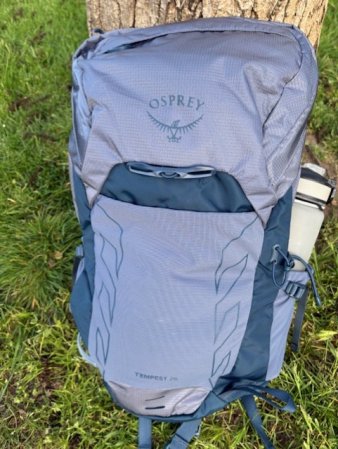
buy women’s
buy men’s
Pros
- Framed suspension with great stability
- Tons of external access pockets
- Women-specific fit with adjustable yoke
- Also has bike-friendly features
Cons
- Top-loader design limits quick access
Key Features
-
Weight:
1,021g -
Capacity Tested:
26 liters -
AirScape molded back panel -
Zippered hip belt -
Adjustable torso length
One of the more technical packs on the list, the Osprey Tempest 26 is designed for hikers who move fast, carry a decent load, and want their gear to stay locked in place no matter the terrain. On a steep, root-filled section of trail, I immediately noticed how stable it felt — the sculpted back panel hugged my spine without feeling sweaty, and the pack never bounced or shifted. The women-specific fit of the Tempest (the men’s version is the Talon) includes an adjustable yoke and a curved hip belt that contours naturally to the body.
It’s a top-loader, which means you’ll need to dig to reach things buried at the bottom, but there are plenty of external pockets to help with organization: hip belt zip pockets, side stretch bottle sleeves, and a large mesh panel up front. I also liked the tuck-away pole loops and the little stash pocket on the harness. And with a bike helmet holder, blinker light loop, and hydration sleeve, it’s one of the best packs on this list for multi-sport days. If you want a high-performance trail pack that’s genuinely built for movement, this is a great selection.
Best for Sweaty Hikers: Nemo Resolve Endless Promise
Rachel Cavanaugh 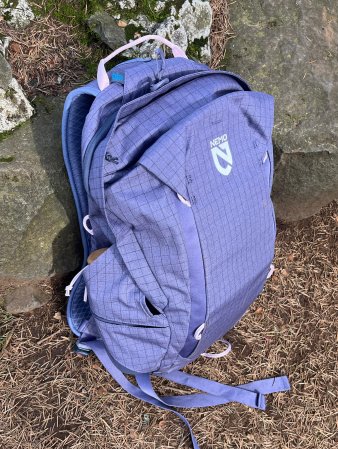
buy women’s
buy men’s
Pros
- Superior back ventilation
- Supportive strap system
- Comfortable under load
- Stable on even terrain
Cons
- Pockets not stretchy
- Zipper flap can collect water
- Limited exterior grab options
Key Features
-
Weight:
1,134g -
Capacity:
25 liters -
Breathable back panel -
Body mapped sweat zones -
Durable construction
Nemo’s Resolve Endless Promise hiking daypack stood out during testing as the top option for sweaty hikers, thanks to its ventilated foam back panel and wide airflow channel. The first tester, who wore a fleece midlayer while we climbed uphill on a warm spring day, reported: “I was definitely sweatier than usual but somehow staying drier — you could really feel the air moving back there.” The cooling effect comes from the back panel which swaps out traditional foam for a specialized cushioning material that wicks moisture and dissipates body heat. It offers the same padding and support as regular foam but with better airflow, keeping your spine and shoulders dry, even when the pack is fully loaded. For hikers prone to overheating, especially on warm-weather climbs, the design makes a noticeable difference.
Beyond its breathability, the pack’s structure felt stable without being overly rigid, and testers appreciated how well it hugged the body on uneven terrain. That said, there were a few drawbacks. The shoulder pockets aren’t stretchy enough to fit a phone, leaving us wondering what they’re meant to hold, and unless the pack is filled to capacity, the flap over the zipper can collect water in wet conditions. Nevertheless this is a well-made, versatile day pack and for hikers who run hot, it manages sweat and airflow better than anything else we tested.
Best Minimalist: Sea To Summit Ultra-Sil Dry Daypack
Rachel Cavanaugh 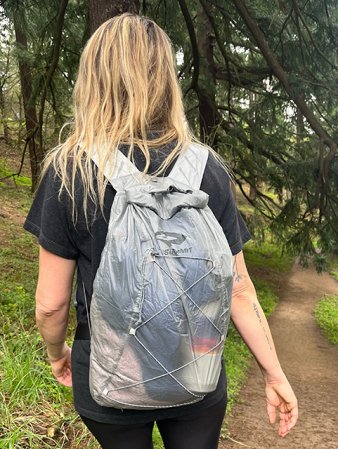
buy at rei
buy at sea to summit
Pros
- Ultralight design
- Fits in the palm of your hand when stuffed into attached sack
- Fully waterproof construction
- Surprisingly comfy for having zero padding or structure
Cons
- No internal organization
- Limited durability against abrasion
- Not designed for heavy loads
Key Features
-
Weight:
110g -
Capacity Tested:
22 liters -
Roll-top closure -
Cordura fabric with taped seams -
Attached stuff sack with carabiner
Sea to Summit’s Ultra-Sil Dry Daypack is the minimalist’s dream pack: ultralight, waterproof, and stripped down to the essentials. At just 110 grams, it’s light enough to forget you’re carrying it — until you need it. I brought it out on a solo spring hike and found it surprisingly capable for a no-frills daypack. The 22-liter capacity held my layers, snacks, and extra water easily, and the roll-top closure kept everything dry when a classic Oregon rain shower rolled through mid-hike.
The siliconized Cordura fabric isn’t made for bushwhacking but it held up fine on the trail and kept the weight low without sacrificing durability. It has no hip belt, no frame, and zero padding — but that’s the appeal. The reinforced shoulder straps were more comfortable than I expected, even without cushioning. It packs down small enough to fit in your pocket or be clipped to your belt loop with the included carabiner, making it ideal for traveling light or even keeping as a backup in your glove box. For anyone who wants a dependable ultralight option that disappears when you don’t need it and delivers when you do, this one punches well above its weight.
Best for Short Hikes: Cotopaxi Elqui
Rachel Cavanaugh 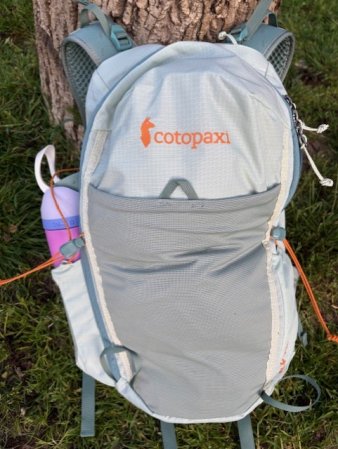
buy at backcountry
Pros
- Lightweight and versatile
- Stretchy mesh front pocket
- Comfortable back panel
- Hydration-compatible
- Stylish look
Cons
- Minimal internal organization
Key Features
-
Weight:
540g -
Capacity:
24 liters -
Recycled nylon construction -
Hydration bladder sleeve -
Trekking pole loops
After taking the Elqui 24L out for a spin through a local park, I found it well-suited for casual trails, everyday hikes, or even as a travel pack. It’s lightweight but holds its shape, with enough room for layers, food, and a water reservoir. The front mesh stash pocket is roomy — a good spot for sandals or a damp jacket — while the tiny zip pocket up top is just big enough for a phone or passport. I also appreciated the front panel opening and side zip, which made it easy to grab gear without digging through everything from the top.
Compared to more technical packs like the Aerios, Pursuit, or Resolve, it lacks things like a frame or stay system and load lifters, and it has less internal organization overall. But it still covers the essentials: side compression straps, a hydration sleeve, trekking pole loops, stretch harness pockets, and a light, removable waist strap for added stability.
I’ve always been a fan of Cotopaxi’s style, and while the Elqui’s colorways are more toned down than some of the brand’s flashier gear, it still brings that sleek, design-forward look they’re known for. This pask isn’t built for ultra-technical missions but for shorter hikes or weekend adventures that don’t require max features, this pack more than holds its own.
Best for Long Hikes: Arc’teryx Aerios
Rachel Cavanaugh 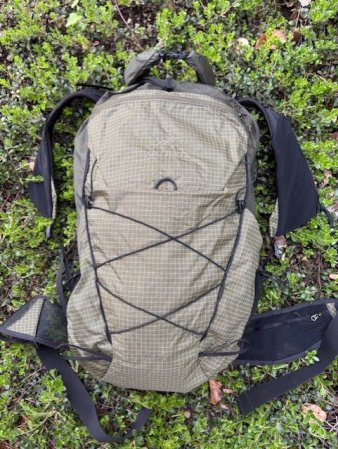
buy at rei
buy at EVO
Pros
- Customizable harness system
- Secure, high-capacity roll-top design
- Excellent weight distribution
- Light but rugged materials
Key Features
-
Weight:
1,160g -
Capacity Tested:
36 liters (expandable with roll-top) -
Proprietary light and durable fabric -
Interchangeable harness -
Removable aluminum stay -
Dual chest pockets
This was the most technical pack I tested — and also the largest. At 36 liters (with room to expand via the roll-top), the Aerios 35 felt closer to a fast-and-light overnight pack than a casual day hiker. I didn’t take it out for a huge push, but even on a loaded-up local hike, it was clear this pack is built for covering serious ground. The removable aluminum stays help stabilize the load by preventing barreling, keeping the pack upright and close to your back, even when it’s full.
The adjustable fit system is a big selling point too. The harness is modular if you need to fine-tune the fit (though the off-the-shelf setup felt stable and well-balanced to me). The dual chest pockets work great for soft flasks, snacks, or a phone, and there’s an internal hydration sleeve with a clip to hang the reservoir, plus a central hose port for routing the tube. I liked how the roll-top let me expand or cinch it down depending on how much gear I had that day. While the Hadron LCP fabric has a water-repellent finish that sheds light rain, it doesn’t include a rain cover, though Arc’teryx sells a separate pack cover if you’re expecting sustained precipitation.
It’s not the kind of pack you grab for a quick out-and-back, but it would be a great option for higher-mileage days, summit pushes, or any time you’re carrying more volume. If you want max performance and load control in a lightweight setup, this one leads the pack.
Best for Hydration: CamelBak Fourteener
Rachel Cavanaugh 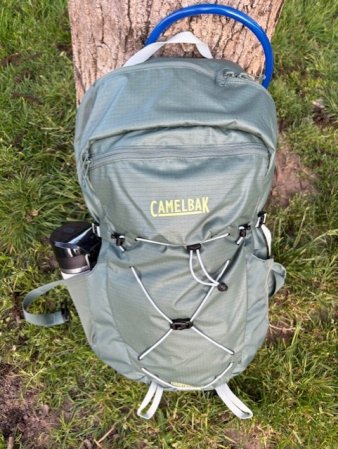
buy women’s
buy unisex
Pros
- Ventilated back panel keeps air flowing
- Smart external storage layout
- Harness pocket keep small items handy
- Includes 3-liter reservoir
Cons
- Main compartment a bit tight
- No padded hip belt for long hauls
Key Features
-
Weight:
970g -
Capacity Tested:
23L (pack) + 3L (hydration) -
Sustainable nylon construction -
Ventilated back panel -
Stretch side bottle pockets -
Trekking pole attachment
I hiked around with the CamelBak Fourteener 26 on a short but hilly loop and found it impressively breathable and stable. It’s got a lot going for it, including a seamlessly integrated 3-liter reservoir — the only pack on this list that comes with one — and CamelBak’s proprietary Air Support Max back panel, which holds the pack off your spine to keep air flowing when you’re working hard. The hydration routing felt streamlined and out of the way, and the external storage layout is equally thoughtful: side bottle pockets, a bungee for stashing layers, trekking pole attachment points, and a stretchy shoulder strap pocket that’s great for lip balm, keys, or other small essentials.
Once the bladder was full, I did find the main compartment a little snug, and while there’s a hip strap, it’s not padded — something to keep in mind if you’re carrying a heavier load. Also worth noting: The Fourteene I tested is technically the men’s version, though I wore it comfortably for my whole trek without issue. With its framed suspension, excellent ventilation, integrated reservoir, and smart external storage, the Fourteener 26 is a fully capable, all-day trail pack that will hold its own on terrain of all kinds.
How to Choose the Best Hiking Daypack
The best daypack for you depends on your body, your gear, and how you like to spend time on the trail. While some hikers are interested in all the extra features — hydration sleeves, hip belts, gear loops, stretch pockets — others just want a simple sack to hold a few snacks and a windbreaker. Here are some key things to think about before picking your pack.
Read Next: Hiking Checklist: Here’s What to Bring on a Hike
Capacity
For most day hikes, 15 to 30 liters is the sweet spot. If you’re going out for just a couple of hours with minimal gear, around 15 liters is plenty. If you need to carry extra layers, lunch, water, or gear for kids or pets, you’ll likely want something closer to the 25 or 30 liters range.
Fit & Suspension
The way a pack sits on your body makes a huge difference, especially on longer or steeper hikes. Look for padded shoulder straps, adjustable sternum or hip belts, and a harness that matches your torso length. Features like load lifters and back panel ventilation can also improve comfort and reduce fatigue.
Storage & Organization
Some packs keep it simple with one main compartment and a couple stash pockets. Others have more specialized storage — think trekking pole loops, hydration sleeves, stretchy bottle pockets, or zippered top lids. Consider how much organization you actually want versus how much you’ll use.
Weight
Ultralight daypacks (under 500 grams) are great for minimalist hikes or travel but typically don’t have frames or much padding. Heavier models often include more structure, ventilation, and load support — a worthwhile tradeoff if you’re carrying a lot of gear.
Weather Resistance
Not all daypacks are waterproof. If you expect rain or wet conditions, look for roll-top closures, seam taping, or water-resistant fabrics — or be ready to use dry bags or pack covers. Some ultralight fabrics can soak through quickly if unprotected.
Use Case
Are you hiking a few hours after work or spending a grueling day on a technical trail? Your pack should match your primary use case. Features that are essential for one style of hiking may just add bulk for another.
Best Hiking Daypacks FAQs
It depends on your priorities. If visibility and safety are your top concerns — say, for group hikes, low-light conditions, or areas with hunters — bright colors like red, orange, or yellow are great for standing out. If you prefer something more low-key, earth tones like green, brown, and tan blend well in the wild and hide dirt better, too. Just keep in mind that darker colors absorb more heat, while lighter ones reflect it — something to consider in hot climates. One other thing: If you’re hiking in mosquito-prone areas, steer clear of colors like black, red, orange, or cyan. They’ve been shown to attract more mosquitoes, so going with lighter or more muted tones can help keep the swarms at bay.
Sometimes but not always. Some hiking daypacks are made with fully waterproof materials and sealed seams but plenty are just water-resistant, meaning they’ll shed light rain but might not protect your gear in a heavy downpour. Always check the manufacturer’s specs to know what you’re working with. If you expect extra wet conditions, look for features like roll-top closures, fully taped seams, or consider adding a pack cover or dry bags inside to keep your stuff protected.
It depends on the trail, the weather, and how long you’ll be out but there are a few staples I always bring. Start with the basics: water, snacks (or a full lunch if you’re going longer), an extra layer, and sun protection. I also like to throw in a first aid kit, headlamp, phone, and map, even if I don’t think I’ll need them.
It’s smart to pack a little more food and water than feels necessary. You might not touch that extra protein bar or backup water bottle, but if something goes wrong (a rolled ankle, a wrong turn, a hiking partner who’s dragging), you’ll be glad you have it. If your route passes by lakes or streams, a backpacking water filter can be a lifesaver (and save your back from hauling too much water).
I always recommend packing at least one warm layer, even in the summer. Weather can turn quickly, especially at elevation, and if you end up staying out later than planned, that puffy or rain jacket could make a big difference.
For remote hikes where cell service is spotty, consider carrying a satellite messenger or emergency beacon, especially if you’re going solo. And no matter what, let someone know where you’re headed and when you expect to be back. It’s one of the easiest safety steps you can take and it costs nothing.
Final Thoughts on the Best Hiking Daypacks
The best day hiking pack really comes down to how and where you like to hike, and what you’re looking for. But whether you’re counting every gram, craving smart storage, or just trying not to overheat, there’s a hiking daypack on this list that will get the job done.
Read the full article here


